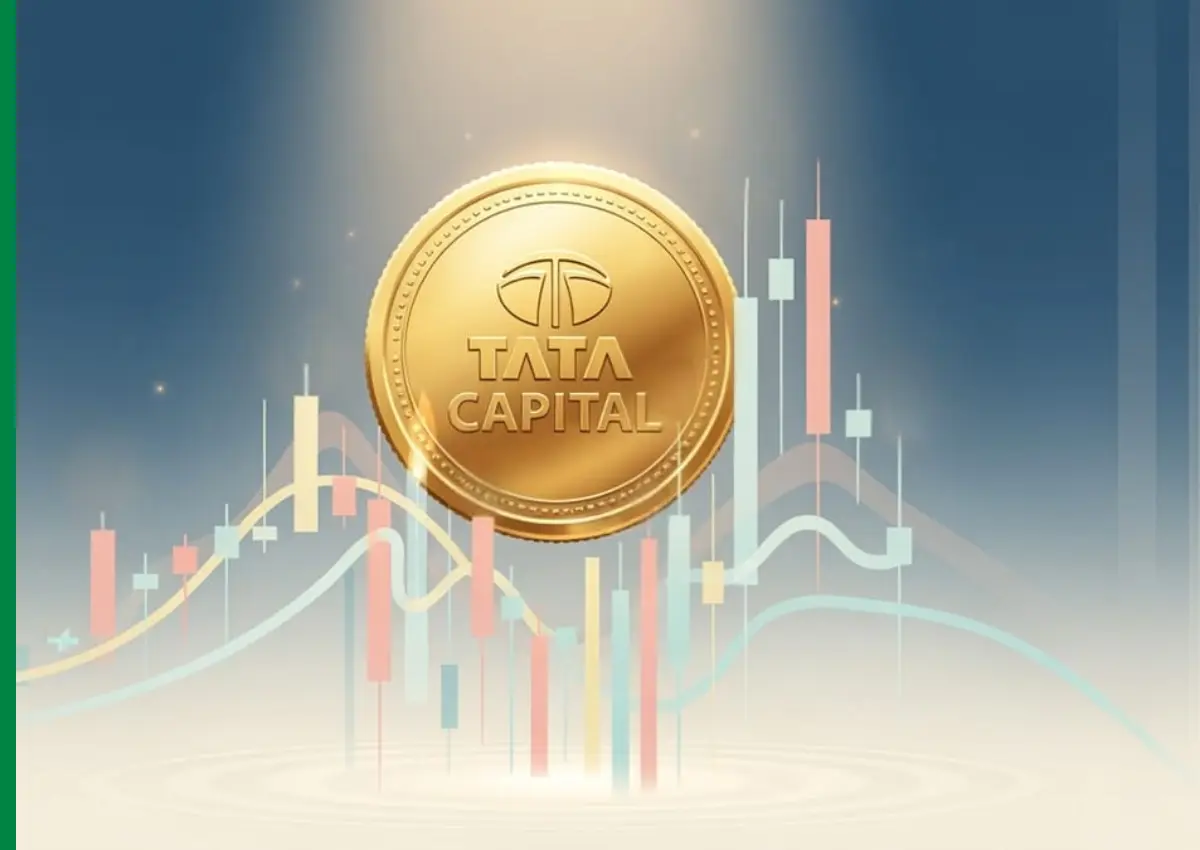The global banking industry is a cutthroat place where not many names strike fear and reverence into the hearts of many people as Jamie Dimon does. Dimon, the chairman and CEO of JPMorgan Chase, the largest bank in America, has grown to be symbolic of financial leadership and strategic vision. However, how did a student of psychology and economics in Queens become one of the most powerful people in the modern banking world?

The Making of a Financial Legend.
The early life and background of James Jamie Dimon take him back to Jackson Heights in Queens, New York, where he was born on March 13, 1956. Having been born into a family that is financially endowed, Dimon was set for greatness.
His father was a Greek immigrant banker in Smyrna and Athens who had renamed the family Dimon when they came to America (the original family name was Papademetriou). His father and grandfather worked as stockbrokers at Shearson, and Jamie was destined to get into finance.
Regardless of the family financial history, Dimon’s way in academics was not so clear at first. He decided to study psychology and economics as his major subjects at Tufts University, a move that would come in handy in his future life in extraordinary ways: appreciating market forces as well as human behavior.
He was academically excellent to the point of gaining summa cum laude honors; however, it was a paper he had written on mergers at Shearson that altered his course.
A Mentorship that changed everything
Dimon reached his turning point in the unexpected way, namely, through his mother. She then forwarded the paper on mergers at Shearson written by Jamie to Sandy Weill, who was a legendary finance figure. Weill was impressed with what the young man had to say and he offered Dimon a summer gig at Shearson, working on budgets. This chance, which appeared to be minimal, would grow into one of the most important mentorships in the history of banking.
After completing his MBA from Harvard Business School in 1982 as a Baker Scholar (graduating in the top 5% of his class), Dimon faced a crucial decision. Despite lucrative offers from Goldman Sachs, Morgan Stanley, and Lehman Brothers, he chose to follow Weill to American Express.
Weill’s promise that Dimon would have “fun” proved more appealing than the higher salaries offered by investment banks—a decision that would define Dimon’s career philosophy of choosing opportunity over immediate compensation.
Building an Empire: The Commercial Credit Years
Dimon did not hesitate to leave American Express when Sandy Weill left the company in 1985. They also jointly acquired Commercial Credit, a consumer finance firm, from Control Data. Dimon was only 30 years old when he was made the chief financial officer, an indication of extraordinary trust by his mentor and extraordinary talent and ability at such a young age.
It was during the Commercial Credit period that Dimon started being considered a turnaround specialist. His tactical leadership and financial management skills assisted in turning the failing corporation into a profitable business. That success was to be the genesis of a spate of mergers and acquisitions that were to result, ultimately, in one of the largest financial services concerns in the world.
Dimon and Weill managed an ingenious sequence of transactions between 1987 and 1998. In 1987 and 1993 respectively they bought Primerica Corp. and The Travelers Corp., with Dimon working as president and chief operating officer of Travelers during the 1990s. This empire-building reached its climax in 1998 when Travelers Group and Citicorp joined hands to form Citigroup, a financial services conglomerate.
The Sudden Goodbye and Fresh Starts
With the success, however, came challenges that were not expected. In November 1998, having assisted in making Citigroup a financial powerhouse, Dimon was asked to step down in a weekend executive retreat. The precise causes are a matter of dispute—one version is a dispute over the promotion of the daughter of Weill; another is that Dimon had asked to be recognized as an equal partner.
Instead of accepting this setback as a career killer, Dimon took it as a chance to reinvent himself. In March 2000 he was appointed CEO of Bank One, which was then the fifth-largest bank in the nation. This hiring would turn out to be one of the greatest steps in the history of contemporary banking.
The JPMorgan Chase Era
Bank One, due to the leadership of Dimon, experienced an incredible change. In four years, the company stock soared up by 59 percent, which attracted JPMorgan Chase. In July 2004 when JPMorgan Chase merged with Bank One, Dimon was made the president and chief operating officer of the new organization. He became CEO by December 2005, and later in 2006, he was appointed the chairman.
The time when Dimon managed to get to the top of JPMorgan Chase could not be more critical. His leadership would be put to the test as never before as the financial crisis of 2007-2008 developed. When the subprime mortgage crisis hit many of his peers unprepared, Dimon had already started positioning JPMorgan Chase on the defensive side by selling off $12 billion worth of subprime mortgages in the year 2006.
Crisis Leadership: Surviving the 2008 Financial Hurricane
The financial crisis of 2008 turned out to be the test of time in the life of Dimon as a leader. Other big banks were on the verge of collapsing, but under his watch, JPMorgan Chase not only managed to stay afloat but also excelled. The bank occupied strategic buying positions that would alter the financial terrain, acquiring the tottering Bear Stearns at a paltry $260 million (a firm that had been worth almost $12 billion) and Washington Mutual at $1.9 billion.
Acquired at the urging of Treasury Secretary Hank Paulson and New York Fed President Timothy Geithner, these purchases reflected Dimon’s talent for finding opportunity in crisis. They would, however, come to cause major legal problems later on, because JPMorgan Chase ended up assuming the legal liabilities of these problematic institutions.
Legal Challenges and Settlements
Dimon has not led a controversy-free life at JPMorgan Chase. Good Jobs First violation tracker shows the bank has paid out $38 billion under his leadership due to different legal and regulatory violations. The largest was a $13 billion fine with the U.S. government over the mis-selling of mortgage-backed securities in the run-up to the 2008 crisis.
Dimon has continually cited that such settlements were “unjust” and that 70-80 percent of the legal exposures arose out of companies that JPMorgan Chase had acquired during the crisis and not due to the actions of the bank itself.
His famous remark was that he was forced to contain his anger about the settlement, which illustrated the anger at being punished over purchases that had been encouraged by the government.
Philosophy of Leading and Business Strategy
The quality that makes Dimon stand out as a leader is his hands-on style and attention to detail. He everywhere carries a sheet of paper, on which he makes lists of things to do, to check up, and to remember, methodically crossing them out as he accomplishes them. This is a very systematic process, which shows his operational excellence and individual responsibility.
Dimon has also referred to applying the OODA loop approach (Observe, Orient, Decide, Act) to scenario assessment—a model of decision-making that was created within the context of military strategy but is extremely fitting for business purposes. This has been his systematic process of taking down decisions that have helped him in the complicated financial markets and crisis situations.
Political Evolution and Public Stance
Throughout his career, Dimon has changed his political beliefs a great deal. Between 1989 and 2009 he was a major donor to the Democratic Party to such an extent that he was being rated to fill the position of Treasury Secretary when Barack Obama won the 2008 election. But in 2012, he called himself “barely a Democrat,” indicating movements to more centrist stances.
In the Trump administration, Dimon was initially a member of a business forum to offer economic suggestions but quit following remarks made by Trump regarding the 2017 Unite the Right rally. He advocated the Tax Cuts and Jobs Act of 2017, but criticized administration policy on immigration and trade. Notably, once Trump returned to the office in January 2025, Dimon began to support the policy of tariffs previously criticized by him.
Accolade and Impact
The reach of Dimon is far beyond JPMorgan Chase. Time magazine has listed him among the 100 most influential people in the world (in 2006, 2008, 2009, and 2011), and he is a member of many exclusive boards, such as the Business Roundtable and the Council on Foreign Relations.
His remuneration shows his worth to JPMorgan chase, where he earned $36 million in the 2023 fiscal year. In May 2025, Forbes estimated his net worth at $2.5 billion. relatively small bank CEOs are billionaires, and he is one of them mostly because of his holdings in JPMorgan Chase.
Personal setbacks and Strength
It has not been a smooth sailing ride for Dimon, though. He announced he had throat cancer in 2014 and went through eight weeks of radiation and chemotherapy. In March 2020, aged 63, he needed emergency heart surgery to fix an acute aortic dissection. The two health scares proved that he is a tough individual and that the management system at JPMorgan Chase is strong since the bank did not skip a beat whenever he was recuperating.
The Future of Banking Leadership
As Dimon continues to lead JPMorgan Chase into the 2020s, his influence on banking remains profound. Under his leadership, the bank has become the largest U.S. bank by market capitalization and continues to set industry standards for crisis management, strategic acquisitions, and operational excellence.
His story serves as a masterclass in leadership, demonstrating how vision, strategic thinking, and the ability to navigate both success and setbacks can create lasting impact in the financial world. From a young man writing papers about mergers in Queens to becoming one of the most powerful figures in global finance, Jamie Dimon’s journey exemplifies the American dream and the transformative power of exceptional leadership in the modern economy.
Whether you view him as a banking hero who steered his institution through multiple crises or a controversial figure who paid billions in settlements, there’s no denying that Jamie Dimon has fundamentally shaped modern banking and will likely continue to influence the financial world for years to come.
FAQs
How did Jamie Dimon make his money?
Jamie Dimon built his wealth through banking, rising to CEO of JPMorgan Chase in 2006 after key roles at American Express and Citigroup.
Who is the most powerful banker in America?
Jamie Dimon
Why was Jamie Dimon fired from Citigroup?
In 1998, Dimon was unexpectedly asked to leave Citigroup. The reasons remain debated, ranging from internal power struggles to differences over management promotions.
What is Jamie Dimon’s net worth?
As of May 2025, net worth is estimated at $2.5 billion.



